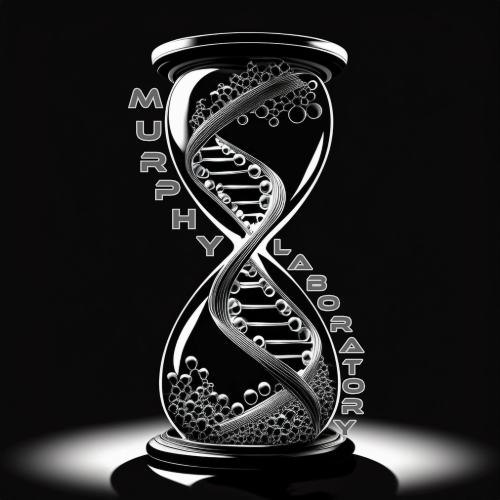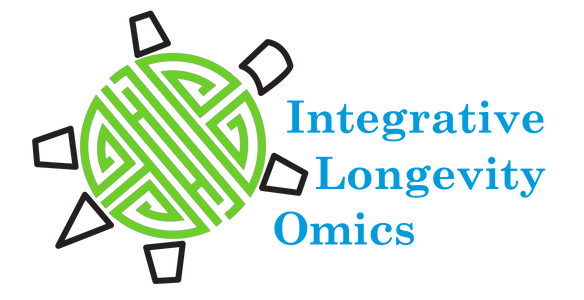Research
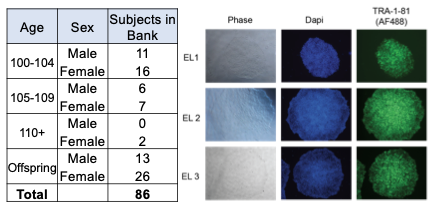
Centenarian/Exceptional Longevity (EL) iPSC Bank
We have leveraged access to centenarians (see collaborators) to build a one-of-a-kind EL-specific library of iPSCs which provides an unlimited supply of longevity-specific biomaterial from a genetically diverse cohort. This unique resource enables the generation of a multitude of cell types of aging-related interest to fuel longevity research and aid in the evaluation of novel therapeutics against aging-related disease.
Dr. Murphy discusses centenarians and the creation and application of this bank
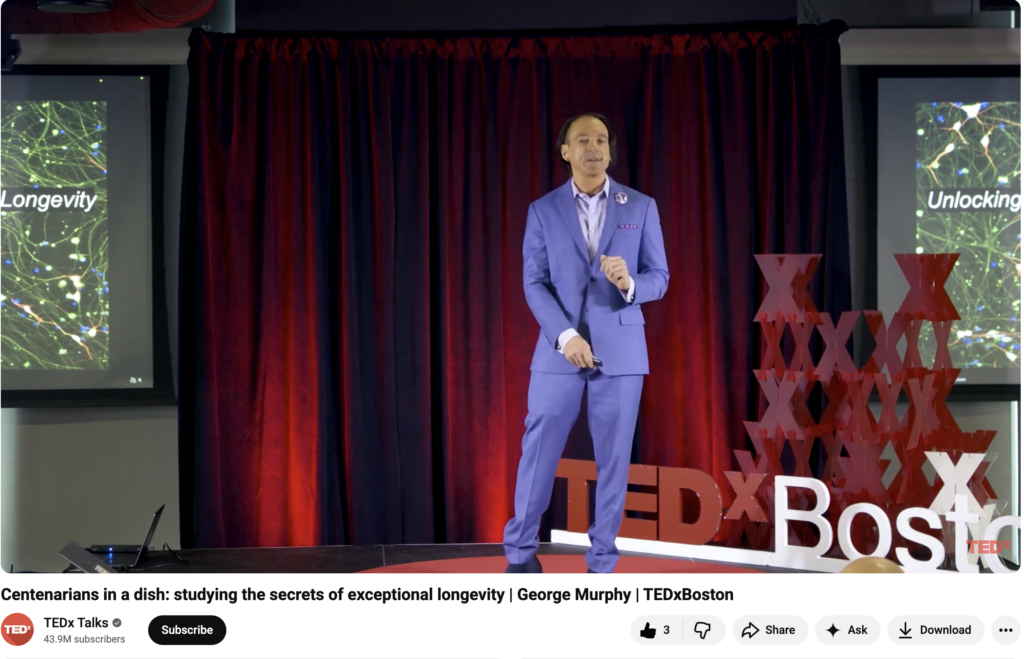
Uncovering the mechanisms of exceptional longevity through iPSC-based modeling of resiliency
Productive stress response has been identified as a possible key cellular process contributing to resiliency and subsequent longevity. However, the underlying mechanisms that drive resiliency during insult remain unclear. Moreover, models of human aging, longevity, and resilience to disease that allow for the functional testing of potential interventions are virtually non-existent. To directly address these gaps in understanding, we are building in vitro human models of resiliency where induced pluripotent stem cell (iPSC)-derived tissues from EL and control subjects with no history of longevity are exposed to a series of mechanistically distinct stressors. Molecular and functional assays are used to assess the underlying drivers of stress response and to quantify how they may differ between these cohorts. We hypothesize that individuals with EL share protective molecular profiles underlying biological function that regulate stress response and promote resilience. These findings will be leveraged to identify biomarkers of aging-related frailty or resilience at the level of the individual and will be harnessed to develop novel, personalized therapeutics for aging-related disease.
Centenarians in a dish: studying the secrets of exceptional longevity | George Murphy | TEDxBoston
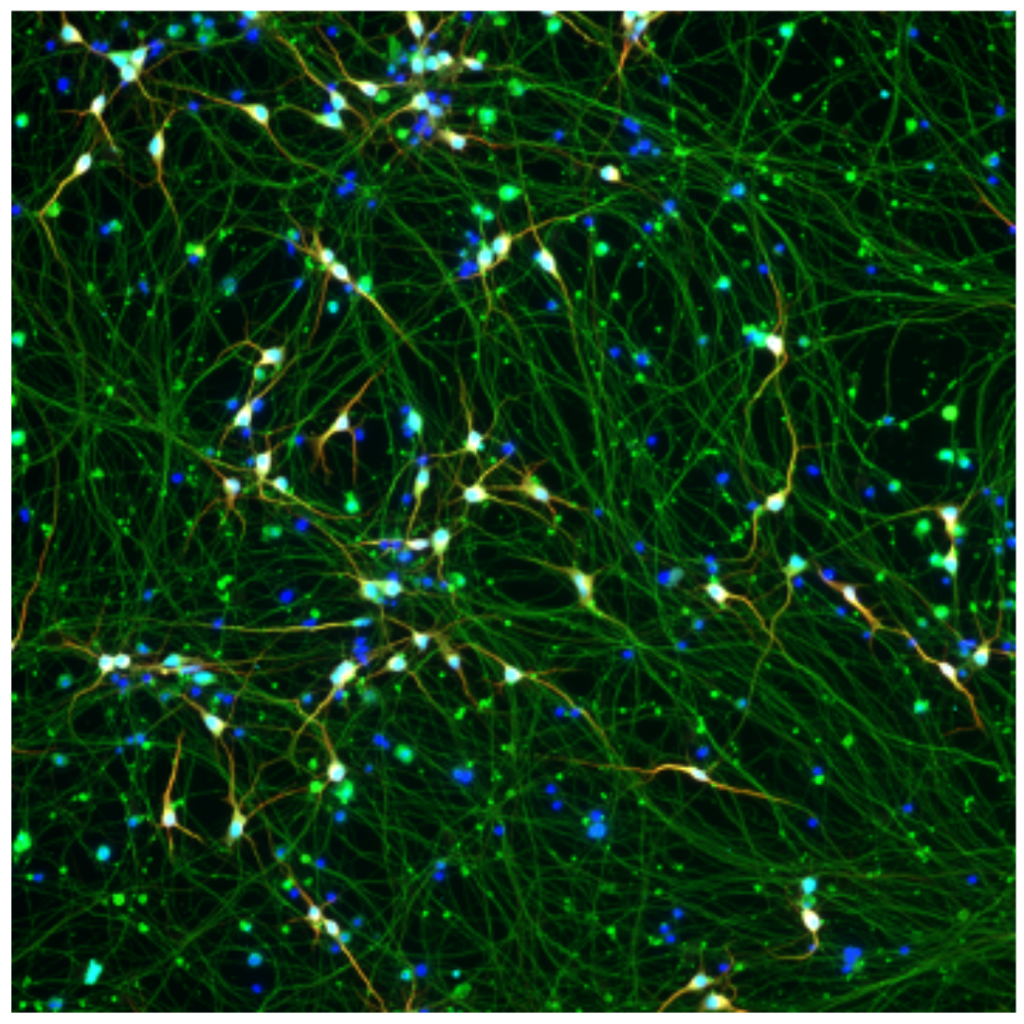
Direct conversion of peripheral blood to induced neurons (iN) to create age-equivalent cell models: the 100 year old neuron
DC has emerged as a powerful technology to create cells for in vitro models that retain aging-associated signatures and functionality. To harness our growing library of blood cells from centenarians and their offspring, we have developed a novel protocol for the DC of readily accessible blood cells to induced neurons (iNs). This protocol results in the production of neurons that retain the characteristics of the individuals from whom they were created, including those demonstrating EL. This innovation allows for the direct comparison of iPSC- and DC-derived cells, harnessing both the flexibility and unlimited cell source provided by iPSCs while also capturing potential epigenetic drivers of longevity, resilience, or decline. These overlapping strategies present a unique opportunity to understand aging biology but also allow for the cross-validation of the functional results, identified pathways, and observed signatures across systems and laboratories, a major point of concern in the emerging geroscience field.

Controlled induction of epigenetic age in iPSC-derived tissues and cells
By comparing the differences between biological and chronological age, one can identify genes and epigenetic modifications that are associated with accelerated or decelerated aging. These findings provide insights into the underlying molecular mechanisms that drive aging and potential interventions to modulate this process. These clocks can also enable identification of signatures associated with resilience, offering insights into the mechanisms that protect individuals from stress as they age. This project presents a unique opportunity to simulate ‘aging in a dish’ by performing differentiations into distinct somatic cell types and employing stressors or other modalities to induce increases in epigenetic age in iPSC-derived cells and tissues.

iPSCs as a platform for the discovery and validation of therapeutics against aging-related disease:
The ‘Clinical Trial in a Test Tube’
IPSCs provide the opportunity to revolutionize pre-clinical drug screening and the technology offers the prospect of an unlimited supply of material that is ideal for screening drugs against the genetic variations found in a patient population. It is also possible to obtain toxicity and efficacy data in multiple cell types from the same individual, all before human clinical trials. Our in vitro, human iPSC-derived models represent an innovative, flexible experimental approach to recapitulate the multi-tissue etiology of aging while allowing for the discovery and validation of novel therapeutic strategies for aging-related diseases.
